
COMPLEMENTARY STUDIES
Bio archaeological research on the site
Integral part of the Lefkandi project is the systematic collection of bio-archaeological material. Such research will address questions regarding diet, agriculture and aspects of the environmental, economic and cultural setting of the settlement on Xeropolis. Samples from all undisturbed excavation units are collected and being processed in a York-style flotation machine on site. Organic material, such as plant parts, charcoal fragments, shells, and small animal bones, is then sorted and studied by specialists.
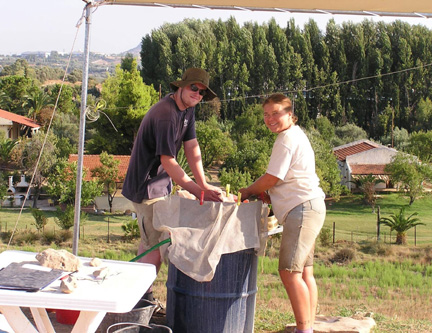 |
| Students
Water Sieving on Site |
The plants
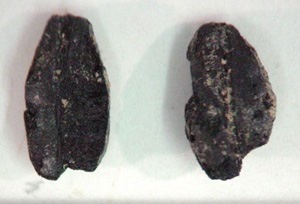 |
Wheat |
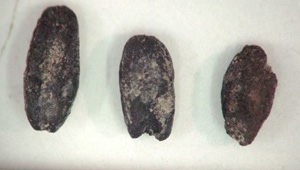 |
| Cereals |
Plant remains have been unearthed from numerous contexts of the settlement, giving support to its agricultural character. Carbonisation forms the main mode of preservation for these remains but mineralisation is also occasionally evidenced in the samples. Cereals, pulses, fruits and a variety of plants that can thrive both in the wild and as weeds of cultivation were all present in the Lefkandi archaeobotanical assemblage.
In terms of the cereals, two glume wheats, emmer and einkorn, the grain of which remains invested by the glumes and paleas after threshing, appear to be the dominant species, followed by barley and broomcorn millet.
All these cereals have different requirements with the later two being particularly hardy, able to withstand the poor soil and the dry conditions of the Mediterranean environment. The glume wheats, are dehusked before consumption, and thus, being stored in their glumes, add extra protection against animal pests and adverse conditions such as humidity during storage.
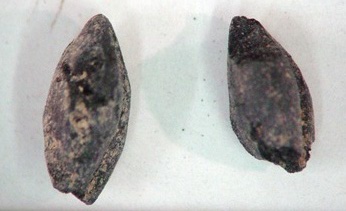 |
| Barley |
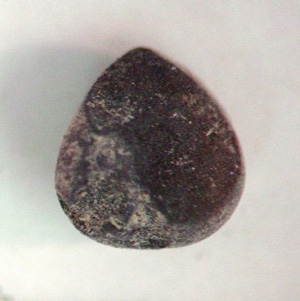 |
| Vetch |
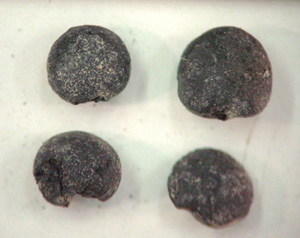 |
| Lentils |
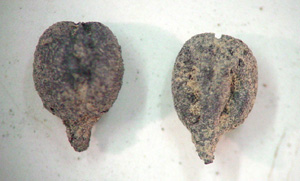 |
| Grape |
Complementary to the cereals are three types of pulses identified in the assemblages, namely lentil, bitter vetch and grass pea/vetchling. The fruits include fig, grape and olive, which are considered part of the oldest group of fruit trees that founded horticulture in the Old World.
The varieties of food plants present in Lefkandi are not only testimonies of the diet of its inhabitants but, more importantly, they constitute an essential source of information for the agricultural regime of the Late Bronze and the Early Iron Age on Euboea. The early stages of the Iron Age in particular were for long considered to be a period of agricultural regression but the recent bio-archaeological evidence from Xeropolis contradicts the previous picture. In this context, the plant remains from Lefkandi constitute a valuable source of information and anticipation for a fresh and holistic approach to the Aegean past. Future archaeobotanical work on the site is expected to enrich our knowledge on the wide repertoire of plants exploited by the inhabitants of the settlement and to shed light on the multiple ways through which these plants have been the subject of manipulation for human use in the distant past.
Alexandra Livarda and Georgia Kotzamani, archaeobotanists
Micromorphology
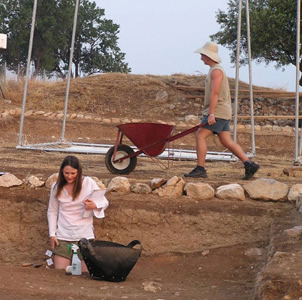 |
| Floor
samples being taken |
During the 2004 excavation more that 100 bulk samples were taken from
various floor layers exposed during the 2003 excavation season. Contexts
included a house floor, roadways, alleyways, and courtyards. Analysis
of these samples will indicate whether it is possible to discriminate
between the contexts on the basis of their geochemistry and provide geochemical
signatures for the interpretation of further soil materials from the site.
It is believed that the analysis of the samples will aid interpretation
of patterns of space use and function of structures and identification
of internal and external space at Lefkandi. In addition four thin sections
were taken, two from a plaster floor layer and two from an Iron Age pebble
roadway both of which had been exposed in section.
Home > Complementary Studies> 2003 Season